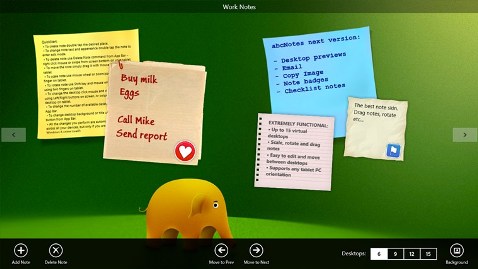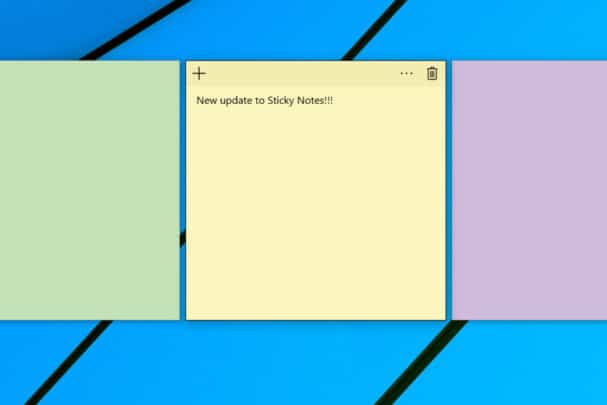
Network administrators assign an IP address to each device connected to a network. Some IPv4 addresses are reserved for private networks and are not globally unique. Only one of the RIRs still has a supply for local assignments in Africa.

IPv4 addresses were distributed by IANA to the RIRs in blocks of approximately 16.8 million addresses each, but have been exhausted at the IANA level since 2011. The IP address space is managed globally by the Internet Assigned Numbers Authority (IANA), and by five regional Internet registries (RIRs) responsible in their designated territories for assignment to local Internet registries, such as Internet service providers (ISPs), and other end users. The size of the routing prefix of the address is designated in CIDR notation by suffixing the address with the number of significant bits, e.g., 192.0.2.1 / 24, which is equivalent to the historically used subnet mask 255.255.255.0. IP addresses are written and displayed in human-readable notations, such as 192.0.2.1 in IPv4, and 2001:db8:0:1234:0:567:8:1 in IPv6. IPv6 deployment has been ongoing since the mid-2000s. However, because of the growth of the Internet and the depletion of available IPv4 addresses, a new version of IP ( IPv6), using 128 bits for the IP address, was standardized in 1998. Internet Protocol version 4 (IPv4) defines an IP address as a 32-bit number.

An IP address serves two main functions: network interface identification, and location addressing. Numerical label used to identify a network interface in an IP networkĪn Internet Protocol address ( IP address) is a numerical label such as 192.0.2.1 that is connected to a computer network that uses the Internet Protocol for communication.


 0 kommentar(er)
0 kommentar(er)
